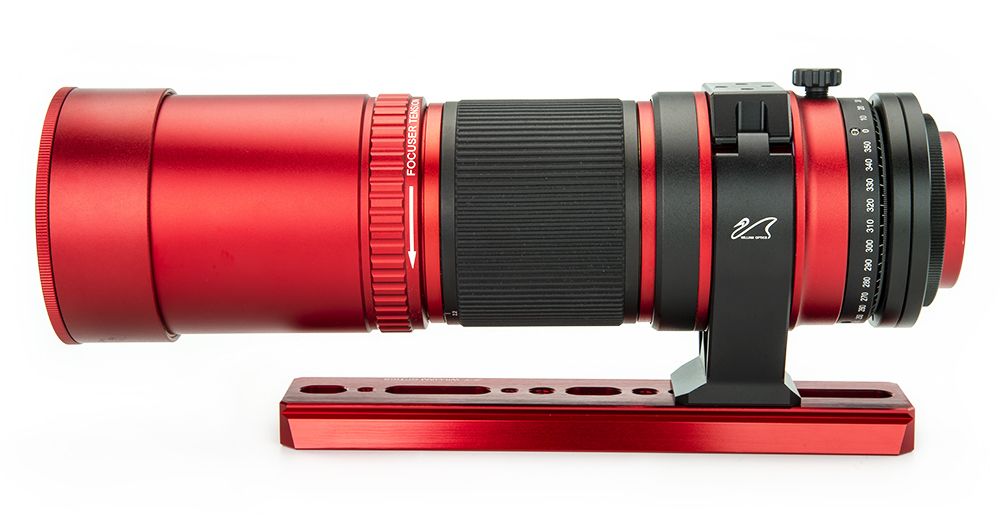
William Optics RedCat 51 imaging Telescope
Astrophotography is an art that has become increasingly popular in recent years. The advancements in technology and the availability of affordable telescopes have made it easier for amateur astronomers to capture stunning images of the night sky. One such telescope that has caught the attention of the astrophotography community is the William Optics RedCat 51.
The William Optics RedCat 51 is a compact and lightweight telescope designed specifically for astrophotography. It has a focal length of 250mm and a wide field of view, making it ideal for capturing wide-field images of the night sky. The telescope is a refractor, meaning it uses a lens to collect and focus light, rather than a mirror like some other types of telescopes.
One of the biggest benefits of the RedCat 51 is its portability. It weighs only 1.8 kg and is only 23cm long, making it easy to transport and set up in the field. This is especially important for astrophotographers who like to travel to remote locations or bring along to camping sites, to capture the night sky in all its glory.
The RedCat 51 also comes with a built-in field flattener thanks to is Petzval optical design, which helps to eliminate distortion and aberrations in the images. This means that astrophotographers can capture sharp and detailed images of the night sky without the need for additional accessories.
Another feature of the RedCat 51 that makes it ideal for astrophotography is its fast focal ratio of f/4.9. This allows the telescope to gather a lot of light in a short amount of time, which is essential for capturing faint objects like nebulae. It also means that astrophotographers can use shorter exposure times, reducing the risk of blurring due to atmospheric turbulence and being more forgiving of less than ideal guiding.
The RedCat 51 is also compatible with a wide range of cameras, including DSLRs, mirrorless cameras, and dedicated astronomy cameras. This means that astrophotographers can choose the camera that best suits their needs and budget.
Overall, the William Optics RedCat 51 is a powerful and versatile telescope that is perfect for astrophotography. Its compact size, portability, and built-in field flattener make it a popular choice among astrophotographers who like to travel and capture stunning images of the night sky. If you are looking to take your astrophotography to the next level, the RedCat 51 is definitely worth considering.
